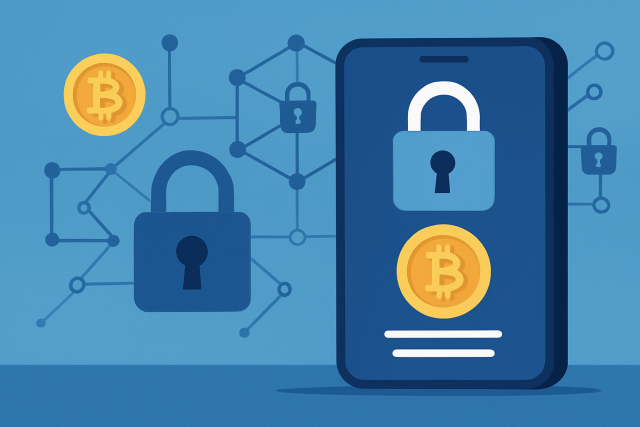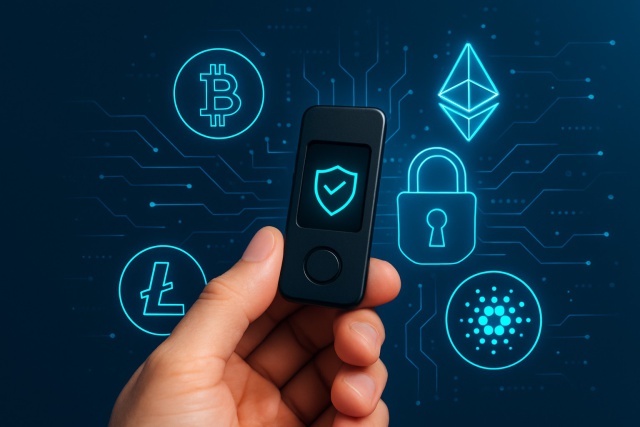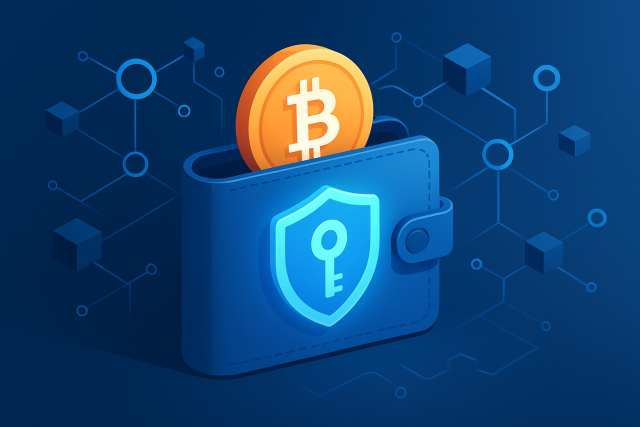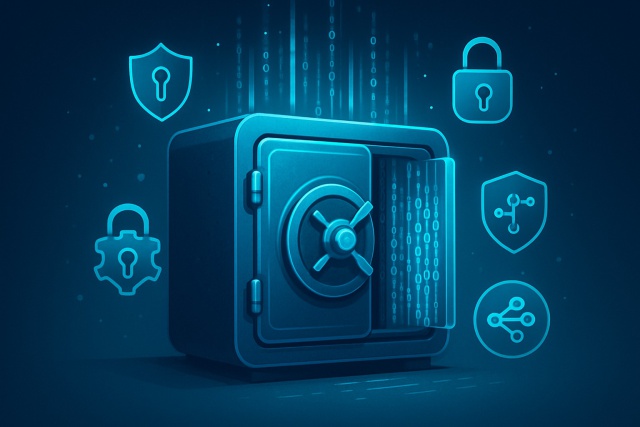How to Secure Crypto Assets Using Hardware Wallets


Understanding how to secure crypto assets is absolutely vital these days—more than ever before in our fast-moving digital world. Hardware wallets are one of the best bets out there, offering top-notch security by storing your private keys offline.
What Hardware Wallets Are and Why They Matter (and Why You Should Care)
Hardware wallets are physical gadgets specifically built to keep your cryptocurrency private keys tucked away offline. Unlike software or hot wallets that hang out online, hardware wallets keep your keys off the grid and out of reach from internet nasties and malware.
- They keep private keys offline, which seriously cuts down the chances of getting hacked.
- Hardware wallets fend off phishing attacks by requiring you to physically confirm transactions—no sneaky clicks allowed.
- Many of these devices play nice with a bunch of cryptocurrencies, making it a breeze to juggle a diverse portfolio.
- Their compact, portable design means you can keep your assets safe whether you’re at home or on the move.
- With regular firmware updates, they just keep getting better at security and user-friendliness over time.
Why Ditching Hardware Wallets Might Just Send Your Crypto Headfirst into Trouble
Relying solely on software wallets or exchanges leaves your crypto assets open to digital threats like hacking and malware. Without an offline safeguard your private keys could slip through the cracks, potentially leading to the permanent loss of your assets.
| Storage Type | Security Level | Ease of Use | Cost |
|---|---|---|---|
| Hardware Wallets | Very high (Keys kept offline, so your crypto is tucked away nice and safe) | ||
| Moderate (You’ll need to get comfortable with a physical device, not always a walk in the park) | |||
| Medium to high (You’ve got to shell out for the device, but peace of mind usually comes at a price) | |||
| Software Wallets | Moderate (Connected online, so watch out for sneaky malware lurking about) | ||
| High (App-based and pretty straightforward once you get the hang of it) | |||
| Low to free (Wallets that won’t make your wallet cry) | |||
| Hot Wallets | Low to moderate (Always online which means more exposed to hackers, so keep an eye out) | ||
| Very high (Perfectly easy for quick daily transactions, no sweat) | |||
| Usually free (A nice bonus when you’re handling crypto regularly) | |||
| Custodial Wallets | Low (Third parties hold your assets which means trusting someone else, not always a comfortable feeling) | ||
| Very high (Super user-friendly platforms that practically hold your hand) | |||
| Free (Free is always good, but remember you’re giving someone else the keys) |
How to Choose the Right Hardware Wallet for Your Needs (Without Losing Your Mind)
When picking out a hardware wallet, it’s worth paying attention to how many cryptocurrencies it can handle and the security perks like secure chips and PIN protection. Also consider how user-friendly it is. You’ll want to check the developers’ reputation and their style with firmware updates. And don’t forget your budget.
- Make sure the device includes secure elements and robust encryption to keep your private keys locked tight.
- Focus on wallets that offer an easy setup with straightforward user-friendly instructions—no one likes feeling lost right out of the gate.
- Double-check that the manufacturer regularly rolls out firmware updates and security patches to stay ahead of sneaky vulnerabilities.
- Pick a wallet backed by responsive customer support who won’t leave you hanging when things get tricky.
- Don’t forget to consider backup options like recovery seed storage and support for secure passphrases because it’s better to be safe than sorry.
Step-by-Step Guide on How to Secure Crypto Assets with a Hardware Wallet (Because Your Digital Treasure Deserves the Best)
When you unbox your hardware wallet, take a moment to inspect those tamper-evident seals carefully. It is your first line of defense to make sure the device is the real deal.
Use the official USB cable that came with your device to connect it to your computer and avoid any mystery third-party cables, no matter how tempting they might look.
Follow the setup instructions from the manufacturer step-by-step. Choose a strong PIN that you won’t forget but others can’t guess—it’s like a secret handshake.
When generating your recovery seed phrase, take your time and jot it down on the provided card. Never stash it digitally because that’s like leaving a spare key under the welcome mat.
Double-check your recovery seed by following the on-device prompts to confirm your backup is spot on. No one likes surprises when it comes to security.
Transfer your cryptocurrency from software wallets or exchanges to your hardware wallet’s address. It’s like moving your valuables from a piggy bank to a high-tech safe.
Before giving the green light to any transaction, always pause and triple-check the details displayed on your hardware wallet’s screen. This little habit can save you from falling prey to scams.
Avoid the usual pitfalls by downloading wallet software only from official sources—fake apps could easily swipe your information. Never share your recovery seed with anyone or type it online as that hands your funds to potential thieves.
Essential Tips for Keeping Security Rock Solid Over Time
- Make sure to keep your hardware wallet's firmware up to date. This not only patches potential vulnerabilities but also strengthens your security, which always helps.
- Store your backup seed phrases offline in safe spots that can withstand fire and water. You don’t want to learn that lesson the hard way.
- It’s worth considering using multiple hardware wallets to spread out your holdings. Think of it as not putting all your eggs in one basket to reduce risk.
- Pair cold storage methods with strong physical protections to make it much harder for thieves to access your assets.
- Have a clear recovery plan if your hardware wallet goes missing or gets stolen. This includes knowing who you can trust and having backup seeds ready to use.
Make it a habit to regularly check your wallet security as part of learning how to secure crypto assets. Peek at firmware updates, double-check your seed phrase backups are safe, and give your device a once-over to ensure it’s in good condition. It’s smart to test your recovery process with a small amount because it’s like a dress rehearsal that can save you a big headache later.






